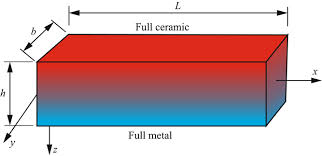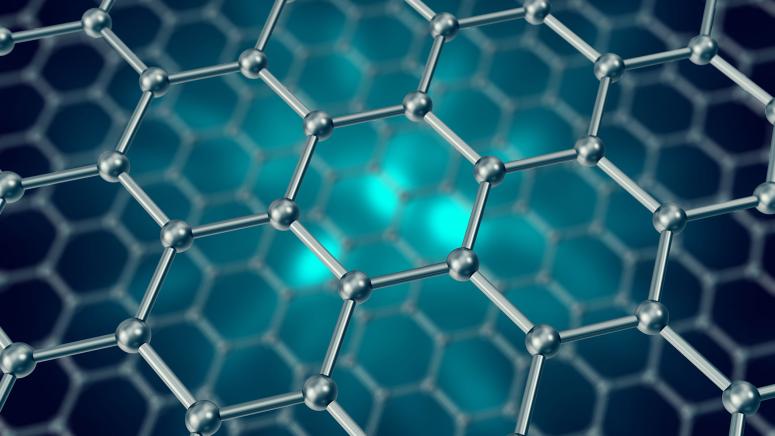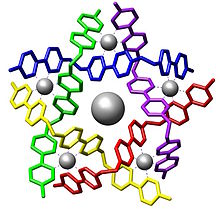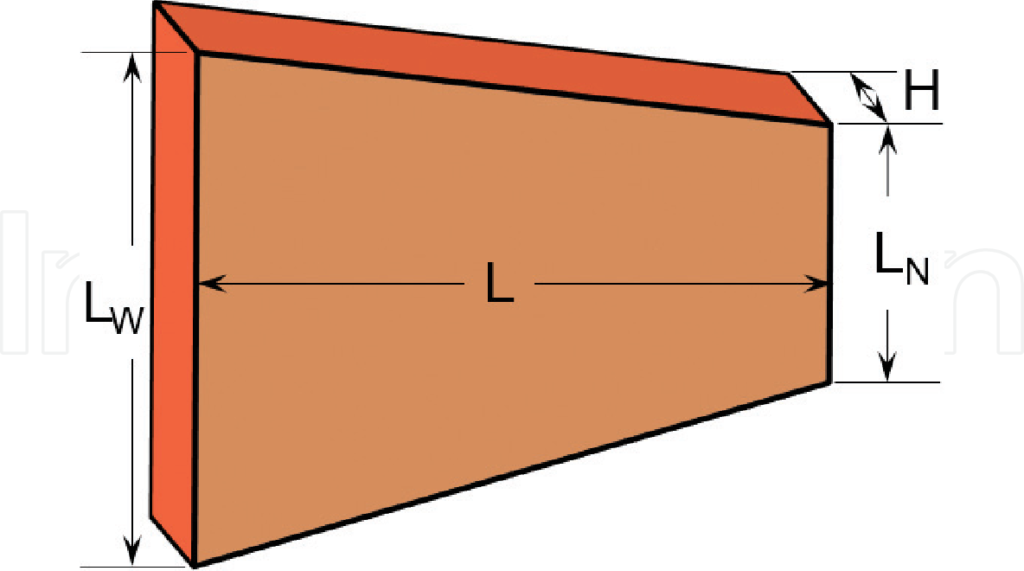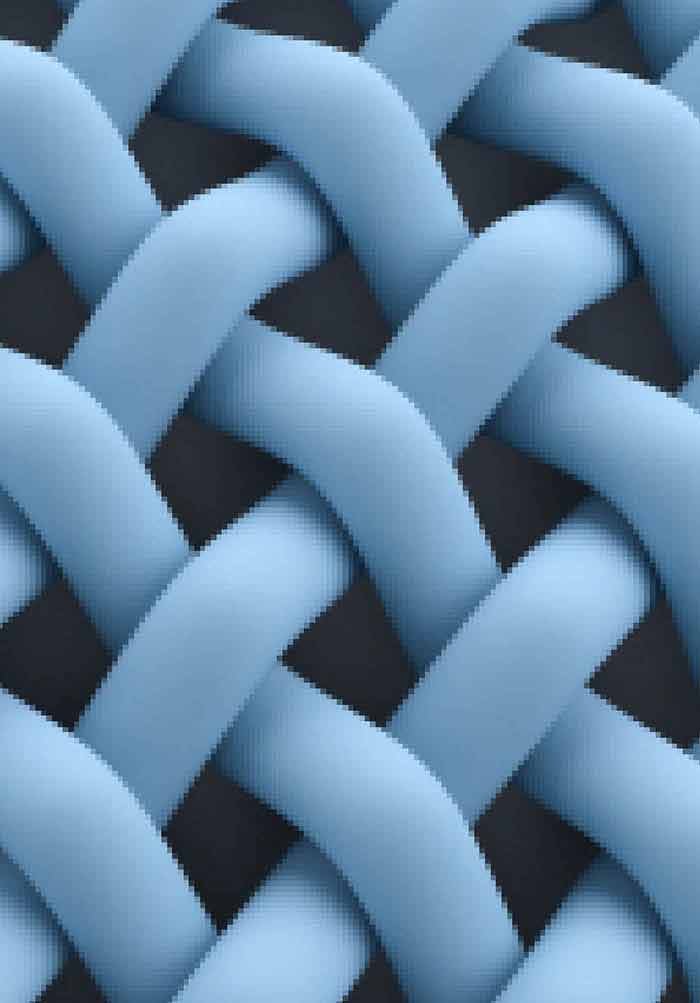Posted inNano Mechanics
Perspective of the Structuration Process Use in the Optoelectronics, Solar Energy, and Biomedicine
Introduction Careful investigations of the structural, refractive, conductive, and wetting properties of the innovative hybrid…


